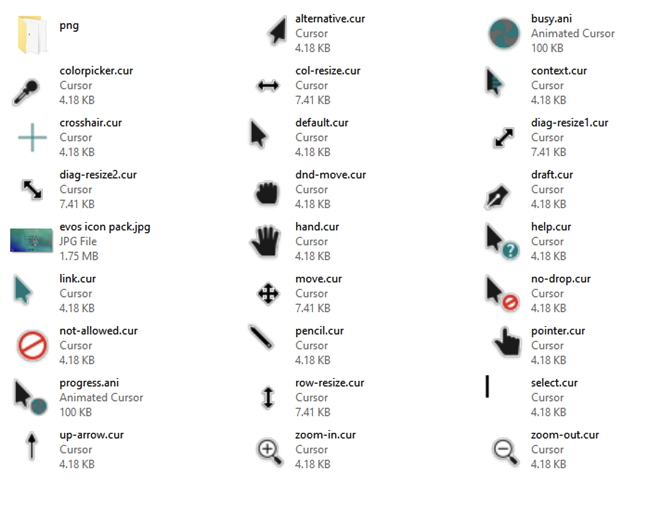

' You need the GetFolderPath function from įirst: You need to have macro security set to the lowest setting, Enable all macros during testing. Sent messages need to sync down from the IMAP server first. Outlook 2013 (and newer) users who want to move IMAP messages to a local pst file can use this macro too, however, it may not move the messages immediately. This macro assumes you have only one IMAP account in Outlook 2013 (and it's set as default data file) or one or more POP accounts in Outlook using the same data file and want to move the mail sent from all accounts to a different folder. You could also use Case statements to set the correct Move path. Set MovePst = GetFolderPath("data file name2\Inbox\Sent") Set MovePst = GetFolderPath("data file name1\Inbox\Sent") This works with Outlook 2010 and older only, because Sent items are moved into the default pst. If you are using multiple accounts, you can use IF statements to selectively move messages. Multiple IMAP accounts in Outlook 2010 and older Private Sub AliasItems_ItemAdd(ByVal Item As Object) Private Sub GmailItems_ItemAdd(ByVal Item As Object) Set MovePst = GetFolderPath("Outlook Data File\Sent Items") Private WithEvents AliasItems As Outlook.Items Private WithEvents GmailItems As Outlook.Items This macro will also work with Exchange accounts and POP accounts that have their own pst files for incoming mail. Using Multiple IMAP accounts in Outlook 2013 and newerīeginning with Outlook 2013, IMAP sent messages are stored in the IMAP account's sent folder and you'll need to watch each sent folder for new items.īecause each account in this example is moving sent items to the same data file, we can set the MovePst as a global variable. Set MovePst = GetFolderPath("data file name\Inbox\Sent") Private Sub Items_ItemAdd(ByVal Item As Object) Set Items = Session.GetDefaultFolder(olFolderSentMail).Items Private WithEvents Items As Outlook.Items This macro checks the sender address and only moves mail sent from that address. To test it without restarting Outlook, click in the Application_Startup macro and click the Run button (or press F5). Note: this macro will work with any account type. Select the path from the Location field (without the \\) and the folder name from the name field. Right click on the sent folder, choose Properties. You can get the path to the sent folder from folder properties. You need to use the account name as seen in File, Account Settings (or in the From field if you have multiple accounts) and the data file name (and path to the Sent folder) as seen in the folder list. The account name and the data file name are usually the same - in Outlook 2010, both are the email address by default.

End IF block and change the account name and folder path for each account. To use this with multiple accounts, copy the IF. GetFolderPath can be pasted below this macro or in a new module. Expand Project1 and Microsoft Outlook Objects then double click on ThisOutlookSession. You'll also need to set macro security to low to test the macro. To use this macro, you need to use the GetFolderPath macro from GetFolderPath. They need to sync down from the IMAP server first. Outlook 2013 users who want to move IMAP messages to a local pst file can use this macro too, however, it will not move the messages immediately.


 0 kommentar(er)
0 kommentar(er)
